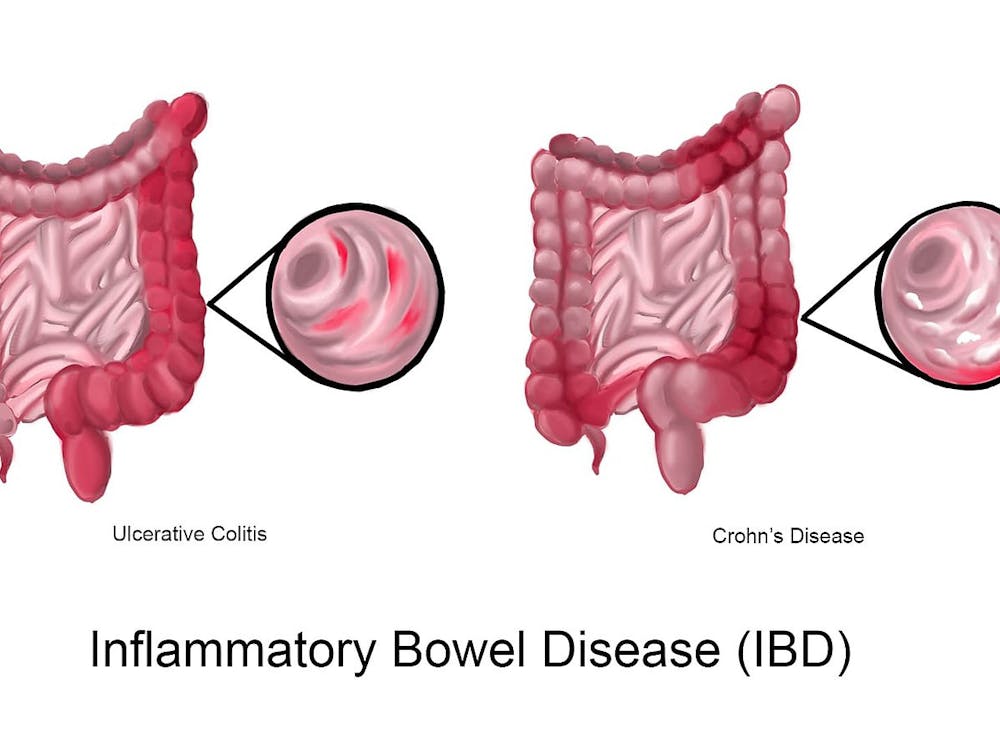Going blind is terrifying. Finding out there’s nothing that can be done to help you is even worse. This is what millions of people face each year when they are diagnosed with age-related macular degeneration, or AMD. However, there soon may be a new treatment option: drugs that are already being used to treat HIV.
AMD, the leading cause of blindness in people over the age of 50, occurs when cells in a part of the eye start to die. The retina, an area on the inside of the eye, is what allows us to see when light strikes it. AMD damages an area in the retina called the macula. The macula is responsible for our clear, high-definition vision. As it deteriorates, the center of your vision becomes blurry or dark. There are treatments doctors can do to try to slow down the progression of the disease,such as laser eye surgery, but they are often ineffective and there is no real cure.
When searching for a remedy for AMD, researchers at the University of Kentucky became intrigued by a class of drugs that doctors can already prescribe. Nucleoside reverse transcriptase inhibitors, or NRTIs, were developed to treat HIV in the 1980s, at the height of the AIDS epidemic. An enzyme called reverse transcriptase turns the RNA of the HIV virus into DNA. This DNA gets incorporated into a human cell, and the cell starts making new copies of the virus. NRTIs disrupt this process by blocking reverse transcriptase from doing its job.
The researchers hypothesized that the NRTIs would work on AMD in a similar manner, by blocking reverse transcriptase in the eyes. This would stop the accumulation of viral RNA that builds up in the retina and causes cell death. To test their hypothesis, they orally administered NRTIs to mice that had a disease similar to AMD, and found that the drugs prevented its development.
“The drugs did block the cell death in AMD, but it turns out, in a funny twist, that the drugs don’t work like we thought,” Benjamin Fowler, an M.D/Ph.D. student and the first author of the study, said.
In fact, the NRTIs affected a part of the immune system known as the inflammasome, which triggers the human inflammatory response. In AMD, the viral RNA stimulates the inflammasome, which in turn causes cells in the retina to die. The NRTIs blocked the activation of the inflammasome. Their main role in treating HIV, preventing reverse transcriptase from working, wasn’t relevant.
To further explore this discovery, the researchers tested NRTIs on mice with a version of graft-versus-host disease, which occurs when a host body rejects a transplant from someone else. They found that NRTIs lowered the levels of the proteins involved in the rejection of transplanted organs.
“I should point out that the target for these drugs, the inflammasome, is known to be involved in many other common diseases, like Alzheimer’s, diabetes and atherosclerosis,” Fowler said.
NRTIs could thus possibly be repurposed for use with a number of other illnesses.
“The study indicates that this could be a new and potentially very effective treatment,” Joshua Dunaief, an ophthalmologist at the University of Pennsylvania School of Medicine who researches AMD, said.
However, he pointed out that so far the scientists have only tested mice.
“The mice model some features of macular degeneration, but there are no mice models of a human disease that are perfect,” Dunaief said.
Fowler and his fellow researchers hope to continue their work on AMD by moving onto a human trial using lamivudine, one of the safest NRTIs available. They’re planning on testing it both orally and through an intra-ocular approach.
“You just have a small capsule that can be implanted into the eye, and the capsule contains the NRTI drug, and it’s designed to everyday release a small amount of the drug into the eye,” Fowler said.




